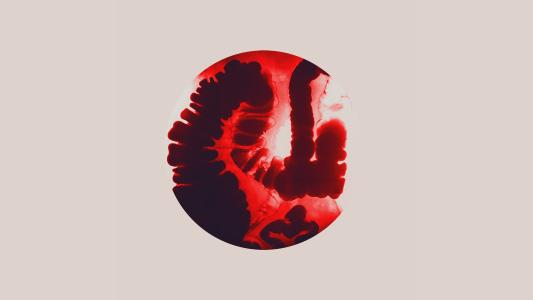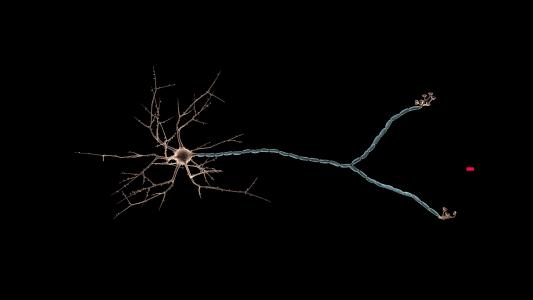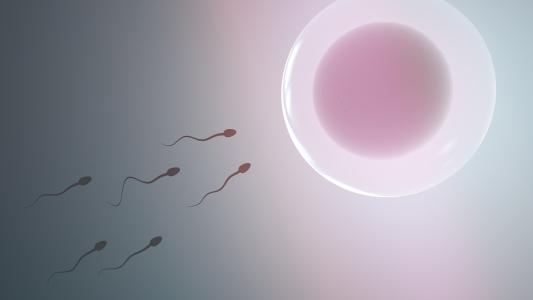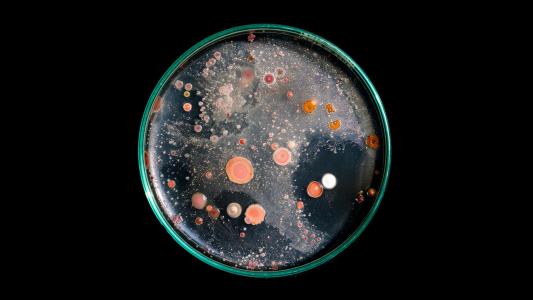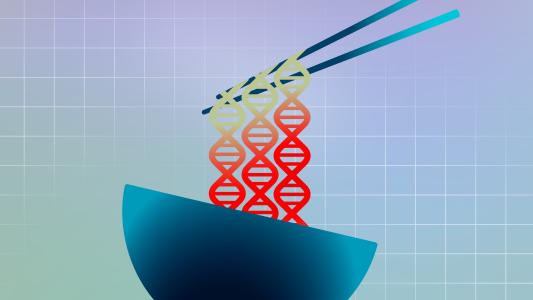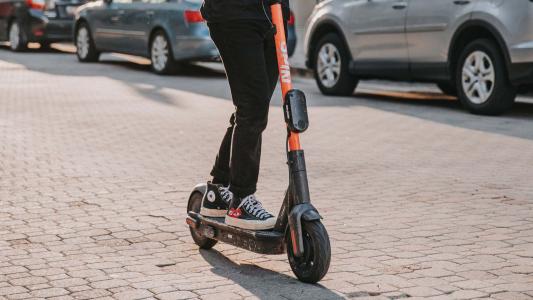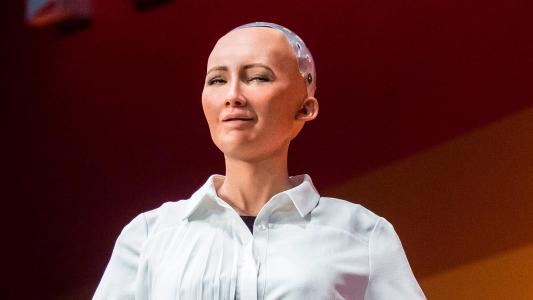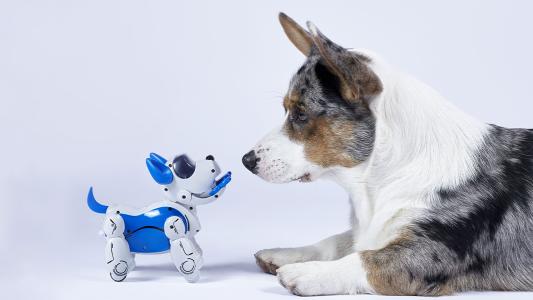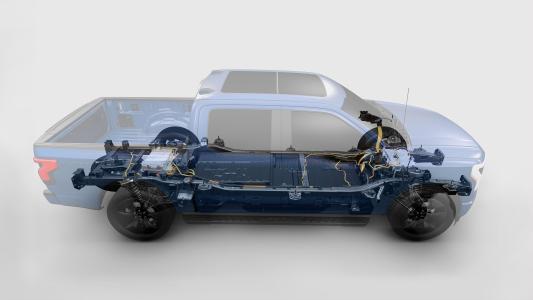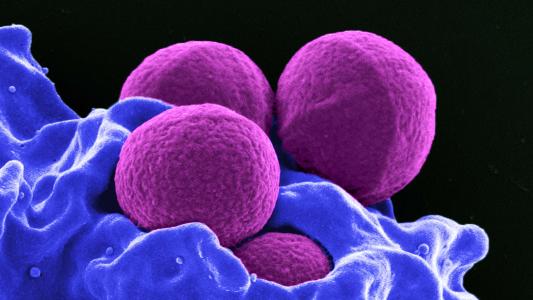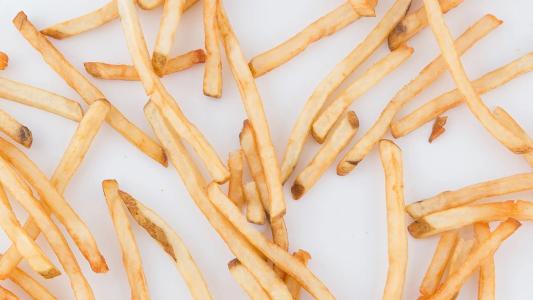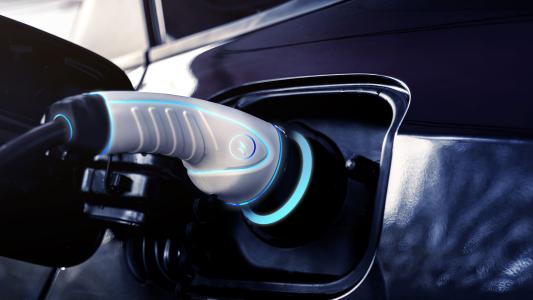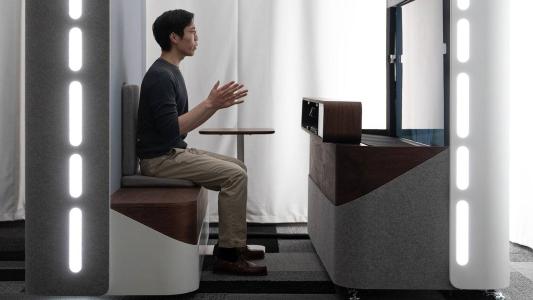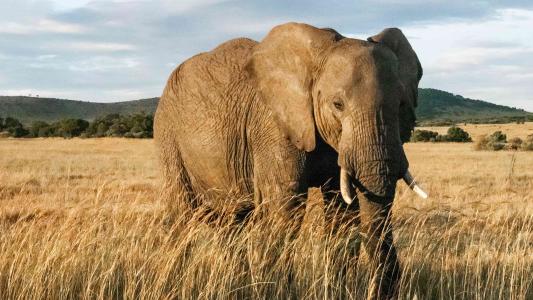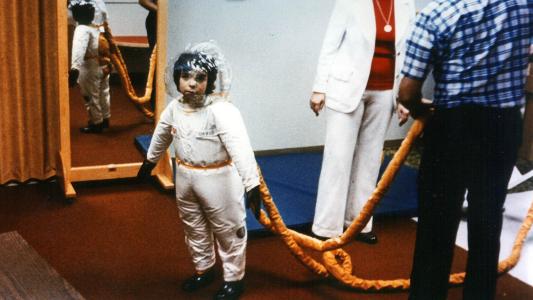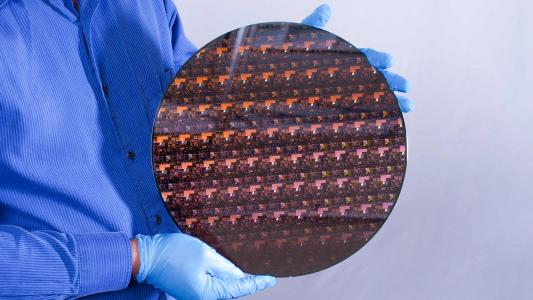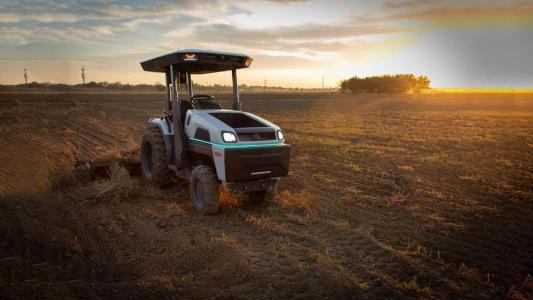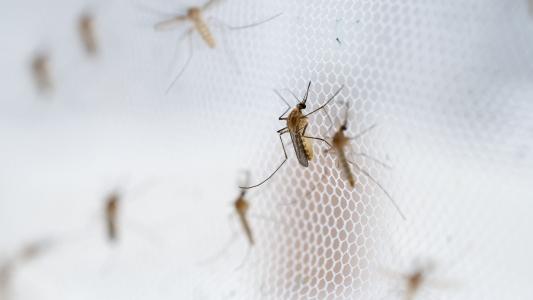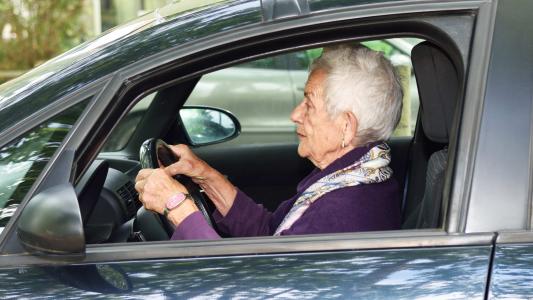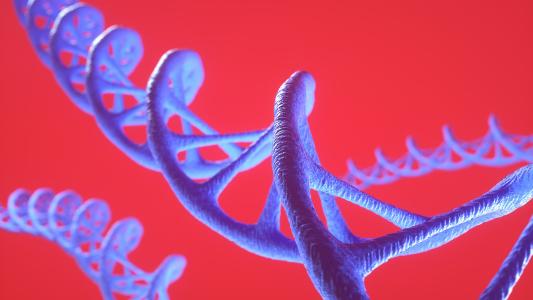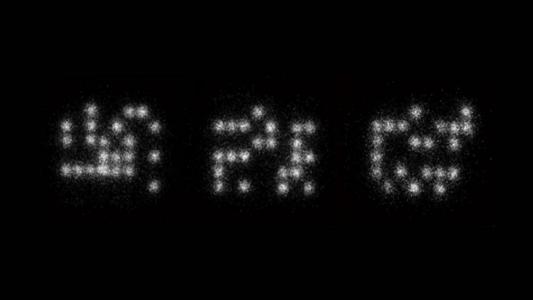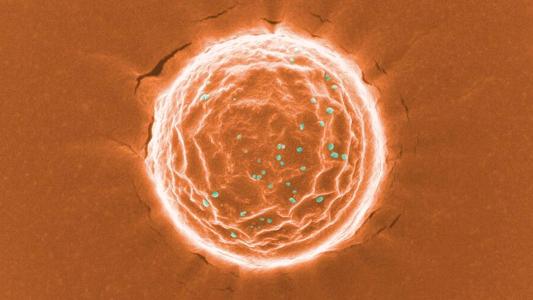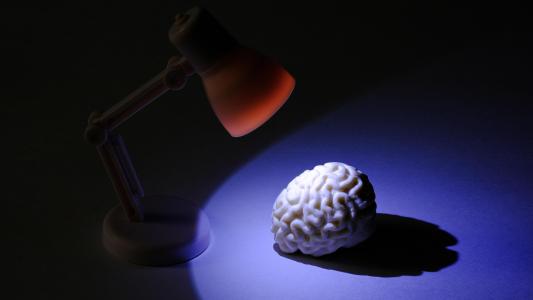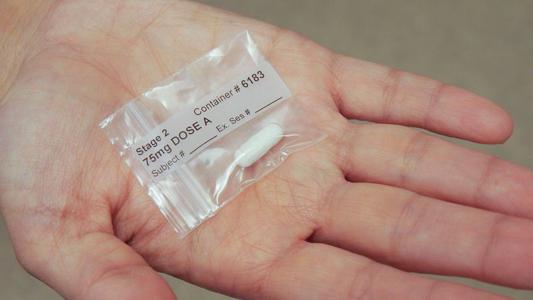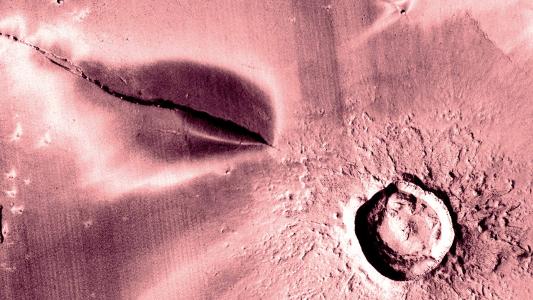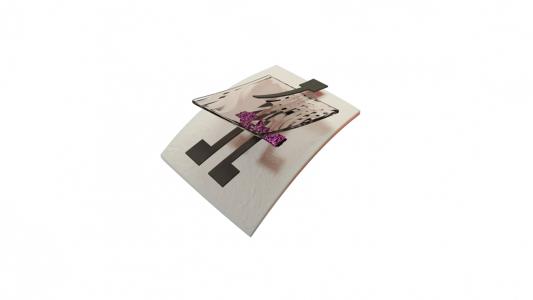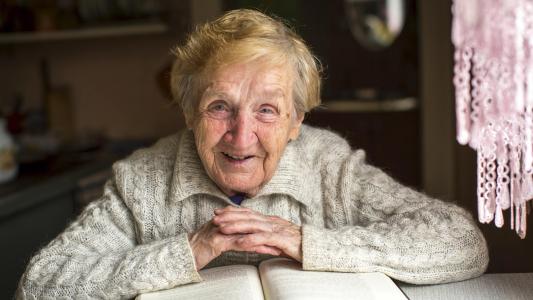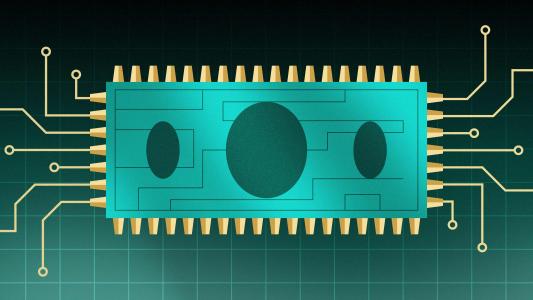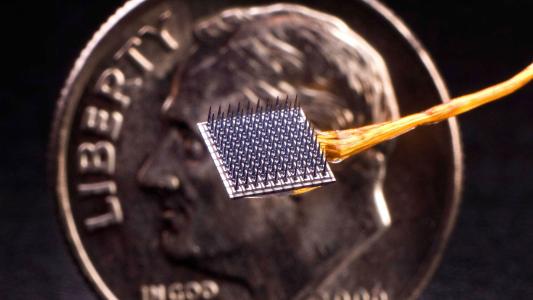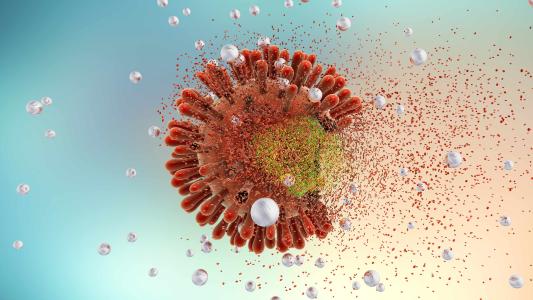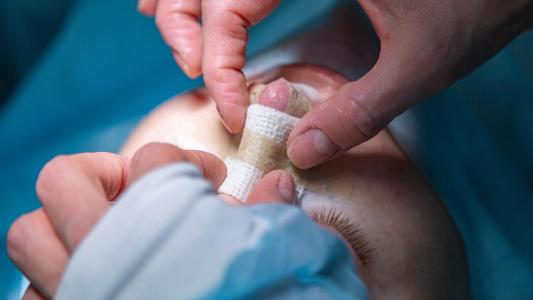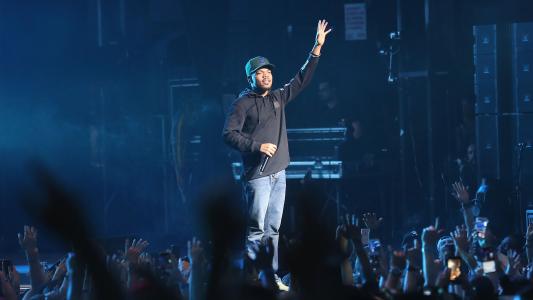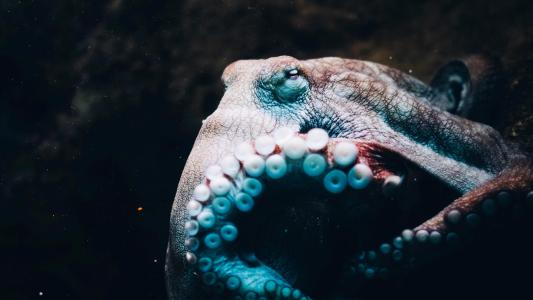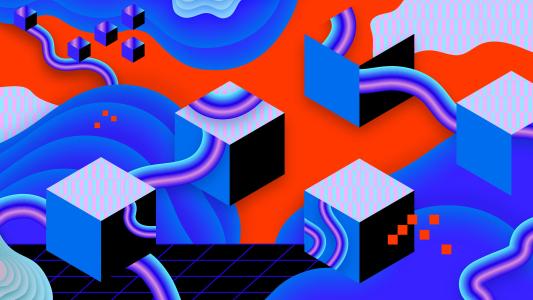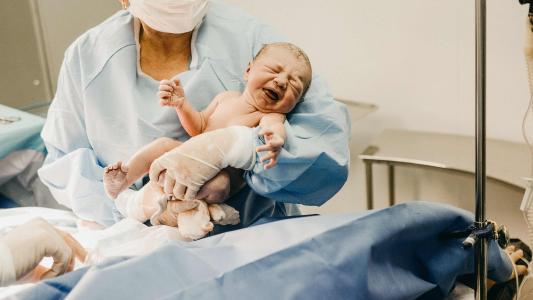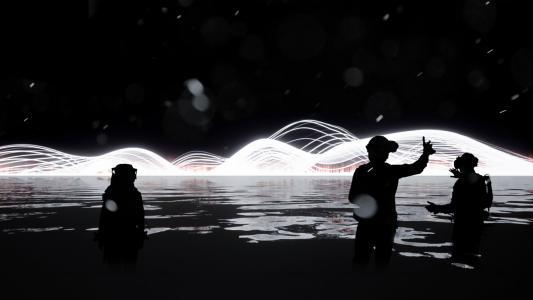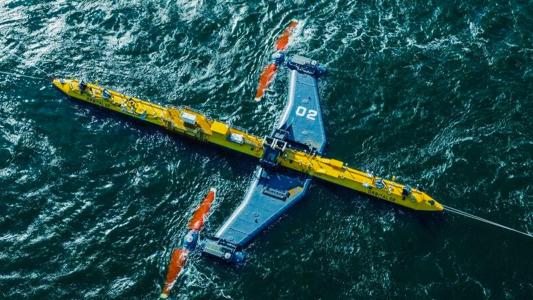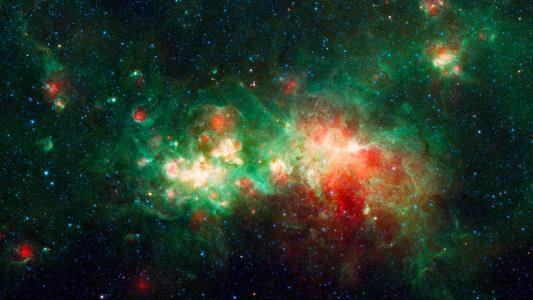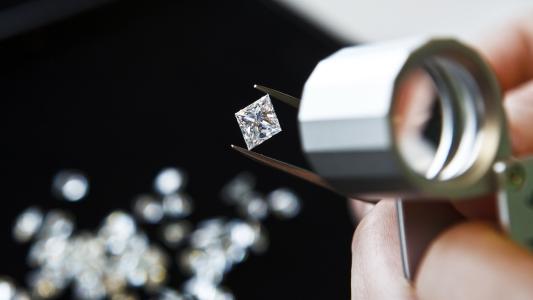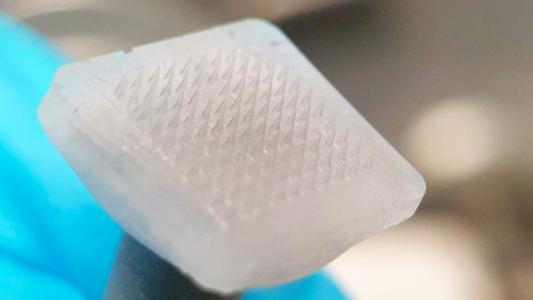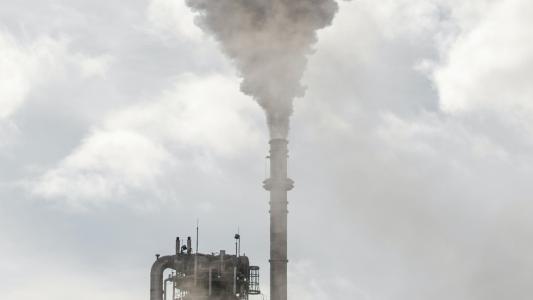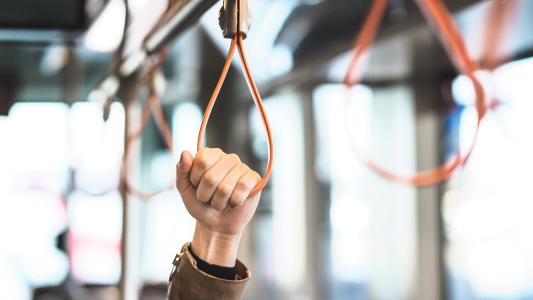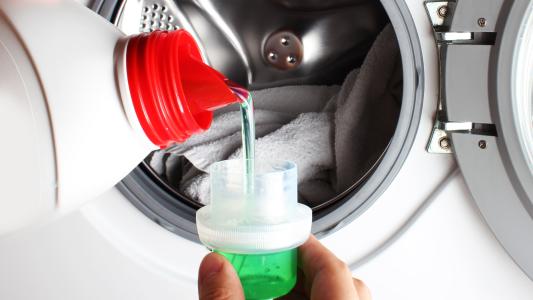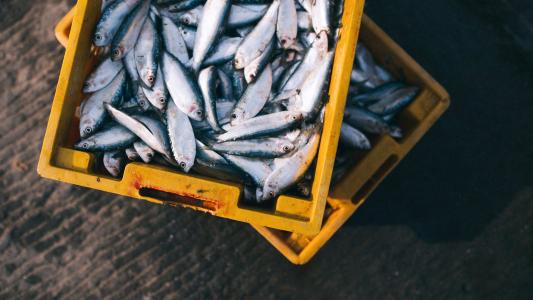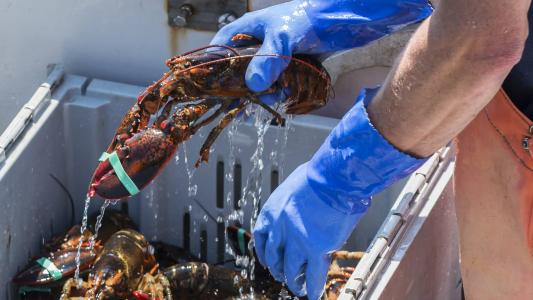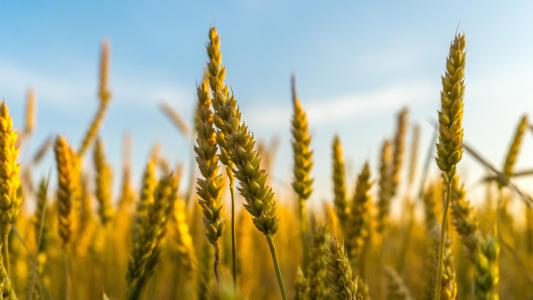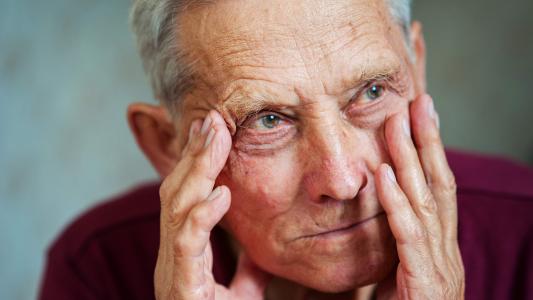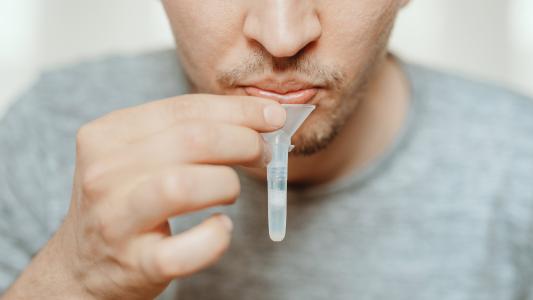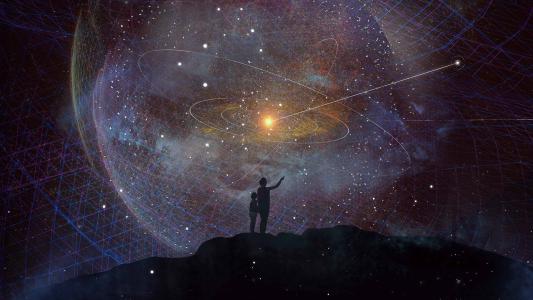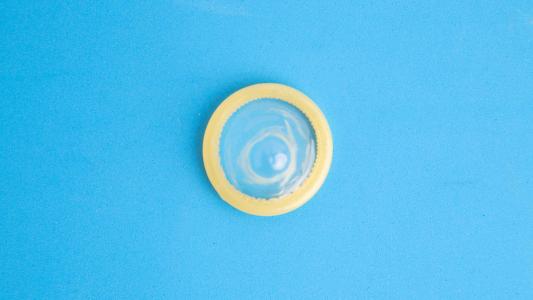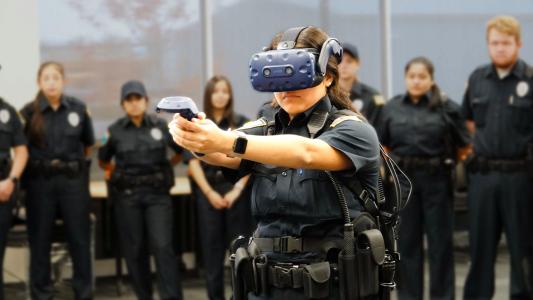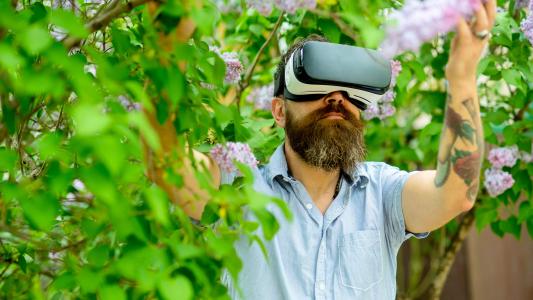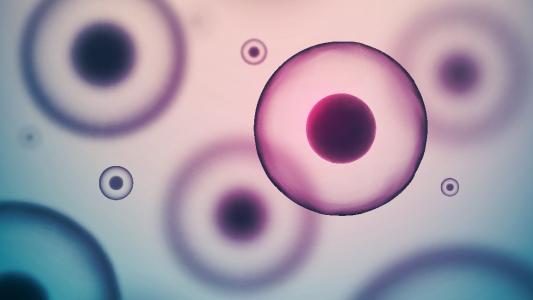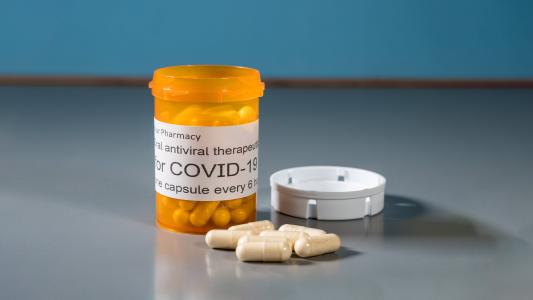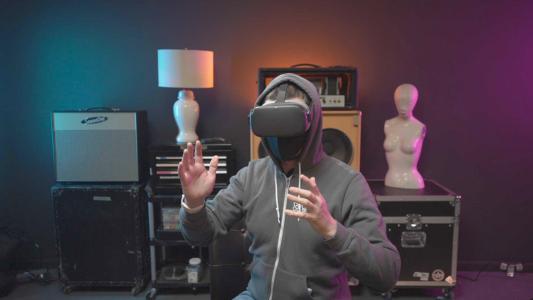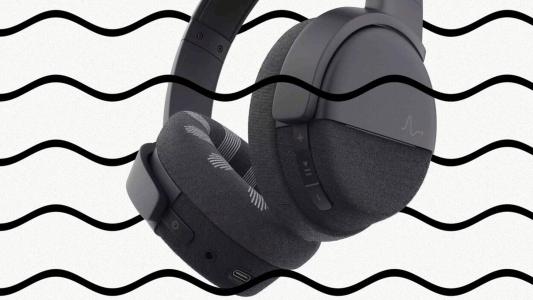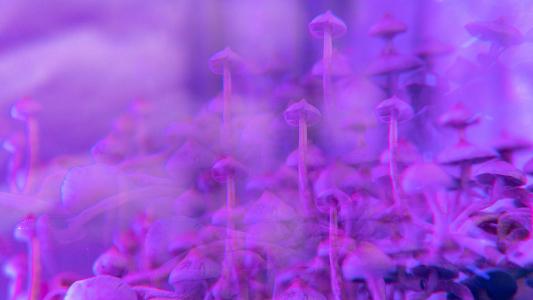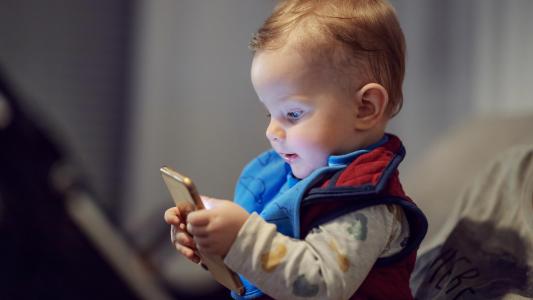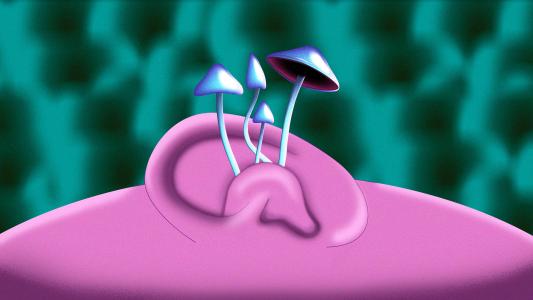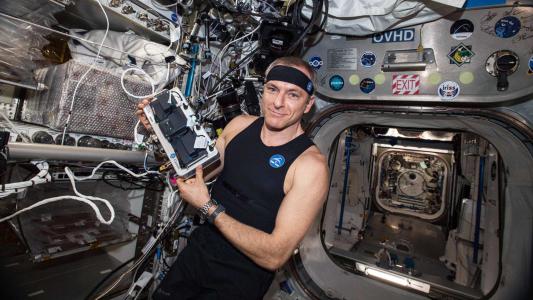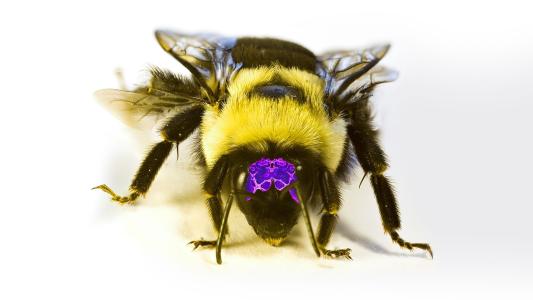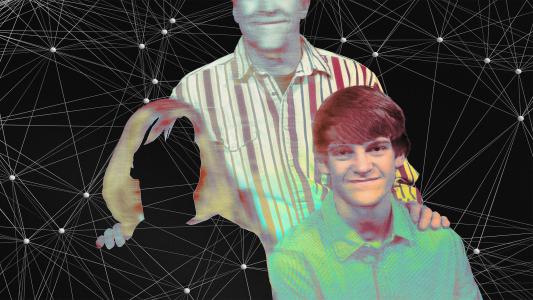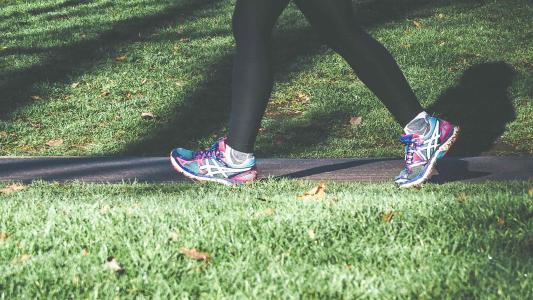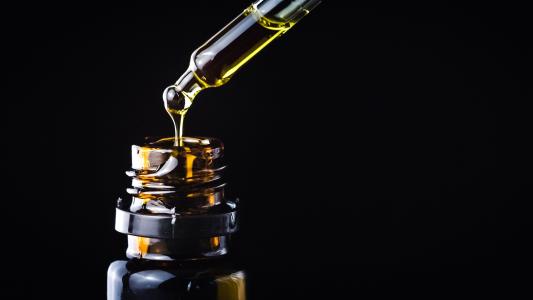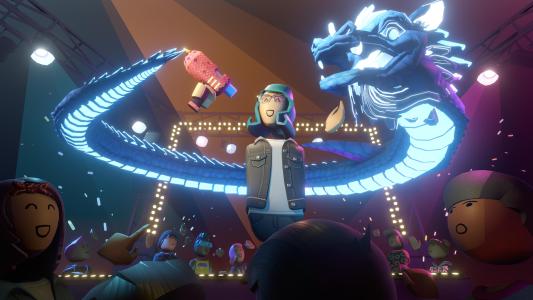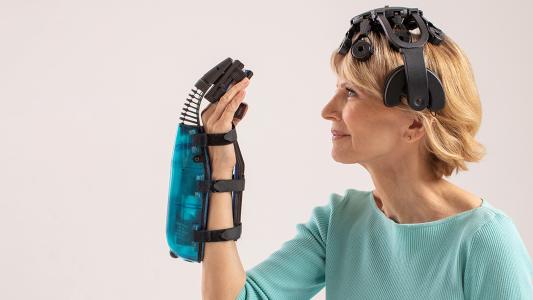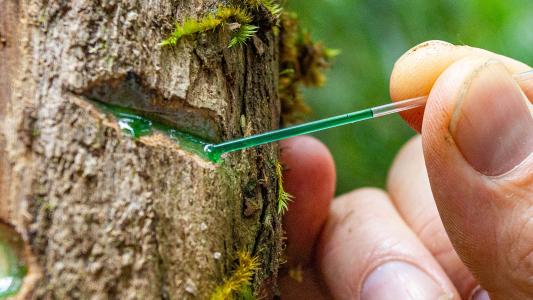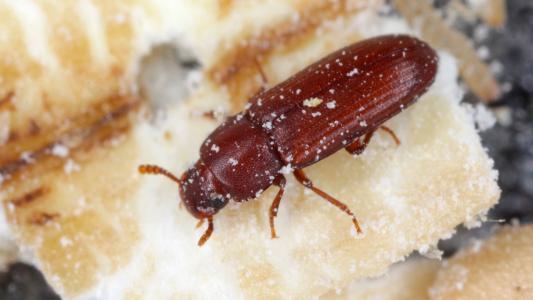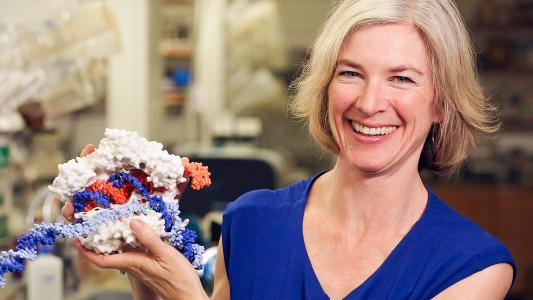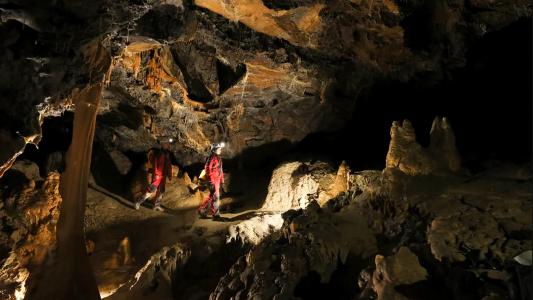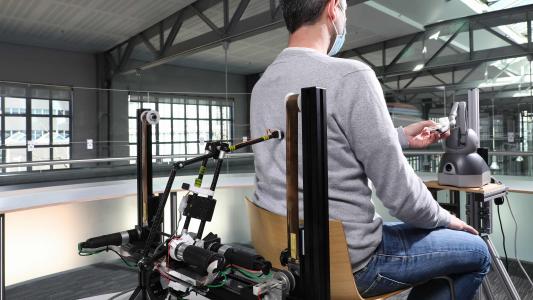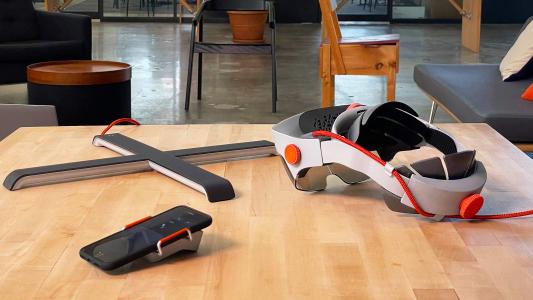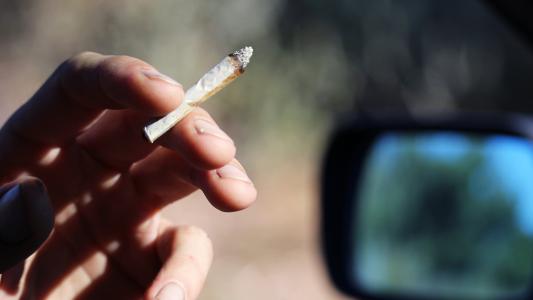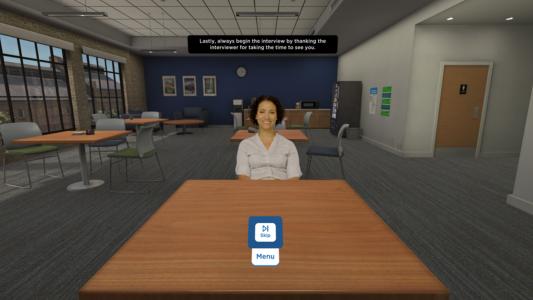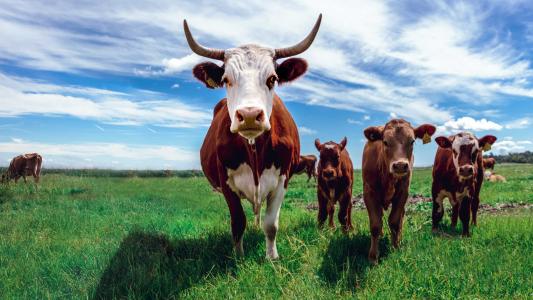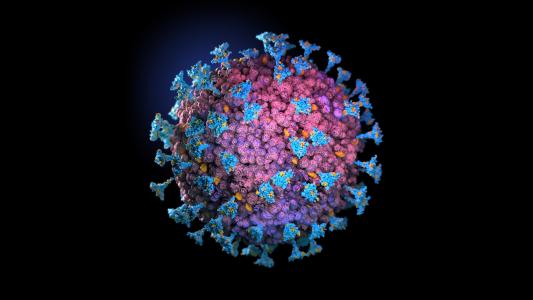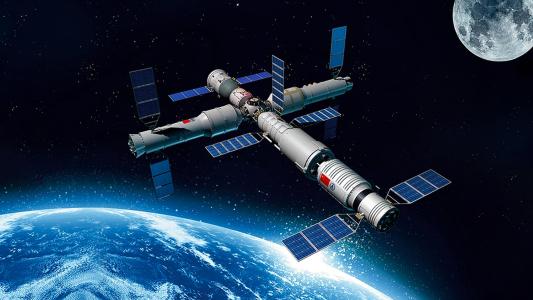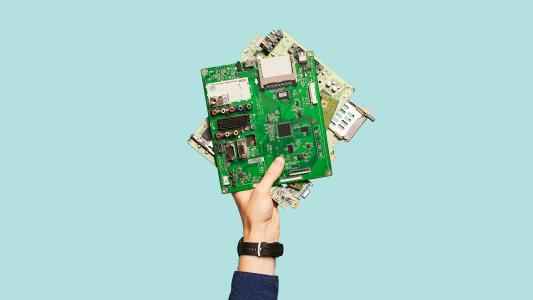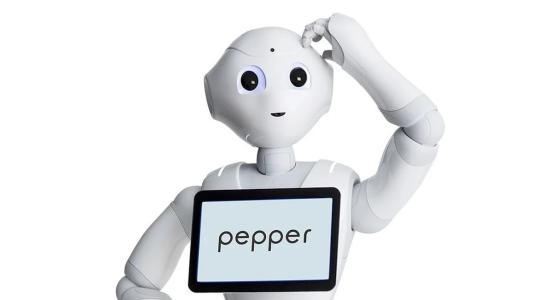These glowing bacteria can diagnose gut problems
Using synthetic biology, a team at Rice has designed bacteria that can sense signs of inflammatory bowel disease in mice.
Experimental procedure zaps nerves to lower blood pressure
Renal denervation, a procedure that uses ultrasound pulses to zap renal nerves, showed promise as a treatment for resistant hypertension in a recent trial.
Sperm may play a bigger role in pregnancy than we thought
Sperm appear to play a bigger role in pregnancy than previously believed, not only fertilizing the egg, but also “persuading” the female body to accept it.
What it’s like to do a human challenge trial
Human challenge trials are risky, but they could help us avoid another prolonged pandemic.
Old dogs are helping scientists combat human aging
By studying donated tissues stored in a pet dog biobank, researchers have uncovered a genetic link between brain aging in canines and humans.
The DNA-based diet you’ll be hearing about everywhere
A growing field called "nutrigenomics" aims to provide people with personalized lifestyle guidance based on their DNA
How Spin is making its e-scooter service more accessible
In partnership with Ford
Spin, a micromobility provider, is using AI to help make e-scooters safer and city streets more accessible to all residents.
Meet MIT’s Kate Darling: Why we should rethink our relationship with robots
According to MIT's Kate Darling, robots are more like animals, not humans.
AI dubbing can make actors appear to speak any language
A new AI dubbing tech called TrueSync matches actors’ mouths with recorded dialogue to make watching a movie in an unknown language feel less jarring.
Ford unveils its first electric pickup truck
Ford’s first electric truck, the F-150 Lightning, has the potential to accelerate the transition to electric vehicles in the U.S.
Molecular "tweezers" pick apart bacterias' biofilm
Israeli researchers have developed a set of “molecular tweezers” that can pick apart the biofilm which protects some bacteria.
These shelf-stable French fries last 90 days at room temp
Startup Farther Farms has developed a pasteurization process that allowed it to create shelf-stable French fries that last 90 days at room temperature.
Your incentives to get the COVID-19 vaccine
If protection against a potentially deadly virus isn’t enough, there are these added incentives to get the COVID-19 vaccine.
How wonky cell phone signals help track wildfire smoke
An atmospheric oddity called a temperature inversion helped researchers discover how mobile phone signals could show the amount of bushfire smoke suffocating towns and cities.
New solid-state lithium battery can be recharged 10,000 times
Harvard University researchers have developed a solid-state lithium battery they believe could allow electric vehicles to last 10 to 15 years.
Radioactive plutonium from space found in Pacific Ocean
A rare form of plutonium has been discovered on Earth for the first time — and an exploding star appears to have helped it get here.
Google unveils “magic window” for 3D video chat
Google’s Project Starline is a new 3D video chat technology designed to make online communication feel more like real life.
This app is saving elephants from poachers
Elephant poaching is running wild in Africa. But, with the help of a smartphone app, Kenya is reviving the population.
Gene therapy appears to cure “bubble boy disease”
A new gene therapy designed to treat children with ADA-SCID, a form of “bubble boy disease,” was incredibly successful in trials.
This 'Metaform' optical device could shrink the size of AR headsets
By bridging nanophotonics and freeform optics, University of Rochester researchers hope to enable next-gen AR optics in XR wearables.
China’s Mars rover nails landing
China’s Mars rover, Zhurong, has landed on the Red Planet, making China only the second nation to successfully land a rover on Mars.
IBM's faster, more powerful microchips
IBM has unveiled the world’s first 2-nanometer microchips, a breakthrough in chip technology that could lead to faster devices that require less energy.
This genetically modified grass can clean up toxic pollution
Researchers demonstrated that genetically modified prairie grass can soak up military-grade pollution from the soil.
Ketamine infusion: What it's like and how it works
Ketamine infusion therapy takes the anesthetic from dance floors to depression clinics. But how does the drug work, and what is it like?
The world’s first fully electric, self-driving tractor
Monarch Tractor’s all-electric, self-driving tractor could save farmers money, while also benefiting the environment.
1 billion genetically modified mosquitoes will be released in the U.S.
Oxitec recently released genetically modified mosquitoes on three of the Florida Keys. The idea is that they will curb the spread of diseases by decreasing populations of Aedes aegypti.
Using machine learning to detect dementia in older drivers
Researchers build AI to predict dementia and mild cognitive impairment in older drivers based on driving data.
This new gene editing technology rivals CRISPR
Researchers find a new gene-editing technology using retrons from bacterial DNA.
A “Lite-Brite” for DNA data storage
A new method for DNA data storage uses light-emitting strands of DNA to encode digital messages, eliminating the need for sequencing.
These "Nanotraps" can capture SARS-CoV-2
Inspired by cancer cells, researchers have developed “Nanotraps” which lock up SARS-CoV-2 for the immune system to kill it.
Hidden Brain podcast's Shankar Vedantam: Why the truth is not always helpful
His new book explores the benefits of self-deception.
MDMA for PTSD just crushed its phase 3 trial
Results from the first phase 3 trial of using MDMA for PTSD along with talk therapy found the drug to be effective.
Volcanoes on Mars might still be active
New evidence suggests that volcanoes on Mars may have erupted just 50,000 years ago, far more recently than previously thought.
A world’s first: Printable electronics now fully recyclable
Duke researchers show new recyclable electronics technique that reclaims nearly 100% of carbon-based printed transistors using water and sound.
Supercentenarians’ DNA reveals clues to human longevity
A human longevity study involving people over the age of 105 has found that genetic variants linked to DNA repair appear to contribute to a longer life.
Stablecoins, CBDCs, and the future of money
What role would a Fedcoin play in the evolving landscape of digital currency?
New brain-computer interface turns mental handwriting into text
A new brain-computer interface translated a paralyzed man’s “mental handwriting” into text on a computer screen.
How a smartphone app is helping suppress HIV
An HIV app that uses gaming elements to motivate people to stick to their ART regimen was able to increase viral suppression in a small study.
3D-printed nose cartilage may someday fix your face
Researchers have developed a way to bioprint nose cartilage that they hope will one day minimize the need for invasive harvesting from the ribs.
How will movie theaters survive post-pandemic?
Chicago musician Chance the Rapper is releasing his new concert film, “Magnificent Coloring World,” exclusively through AMC Theatres.
"Octopus vision" may help prevent human blindness
A new medical device that gives optometrists a fast, easy way to monitor a key macular degeneration risk factor was inspired by octopus vision.
We bought an NFT of this article about NFTs
Here's why this might be the future of the Internet.
Startup turns sawdust “ink” into 3D printed wood
Massachusetts startup Forust can make 3D printed wood with a natural-looking grain out of two wood waste products: sawdust and lignin.
New blood test could predict the onset of labor
Stanford University researchers have identified blood-based biomarkers that can be used to predict the onset of labor in pregnant women.
World’s first VR opera to open in London
“Current, Rising,” the world’s first VR opera, promises to immerse audiences in a “hyper-reality” made possible by technology.
World's largest tidal energy turbine will prove its worth
Orbital Marine Power successfully launched a tidal turbine that will soon become one of the world's most powerful tidal energy sources.
Algorithm quickly simulates massive universes in high-res
A new algorithm lets astrophysicists produce high-res cosmological simulations of large parts of the universe far more quickly than was previously possible.
The first 3D-printed house made with dirt
The world’s first 3D-printed house made from dirt is environmentally friendly and looks great.
World’s biggest jeweler will only sell lab-created diamonds
Jewelry company Pandora has announced plans to start using only lab-created diamonds in its products, officially turning its back on diamond mining.
Icy microneedle patch delivers cell therapy, then melts
A new microneedle patch features needles made of ice instead of traditional materials, making it suitable for cell therapy delivery.
How balloons could soak up carbon and fight climate change
A new startup plans to strap direct air capture technology to balloons and float them into the atmosphere to collect and store carbon dioxide.
Transloc is using big data to create a more efficient public transit system
In partnership with Ford
Cities across the U.S. are creating on-demand van transportation systems that work like Uber, but for the cost of a bus fare.
This laundry detergent is made from recycled carbon
Consumer goods company Unilever is now selling a laundry detergent that’s made using recycled carbon instead of traditional fossil fuels.
Why this scientist wants to grow fish on the moon
Researchers are finding out how to send fish eggs to the moon so that one day we will be able to farm fish on the lunar surface.
Startup aims to put lab-grown lobster on the menu
Wisconsin startup Cultured Decadence is developing lab-grown lobster meat in the hopes of meeting a demand currently threatened by climate change.
These plants have been genetically modifying themselves for decades
New evidence shows that plants have been genetically modifying themselves for decades in a process called lateral gene transfer.
Starship nails landing for the first time
SpaceX’s fifth high-altitude flight test of a Starship prototype ended with a successful landing — a first for the massive Mars-bound rocket.
Four types of Alzheimer’s discovered in international study
A study has identified four distinct types of Alzheimer’s disease, based on how the tau protein spreads in patients’ brains.
This spit test will help couples know their baby's risk of genetic disease
A new genetic test offers prospective parents a "polygenetic risk score," or an estimate of their potential offspring's predisposition to certain conditions.
NASA plans to send probe deep into interstellar space
An in-development Interstellar Probe could explore an area 10 times farther away than any craft before it, providing an unprecedented look at interstellar space.
Desiging a better condom
Around the world, new materials and approaches are being studied as researchers look to create the condom 2.0.
Controversial police killings are being recreated in VR
Virtual reality simulations of controversial police killings of Black Americans are being included in a police training program.
Simulated walking is a big step forward for VR accessibility
Researchers in Japan have developed a system that makes your brain think you're walking — even when you're sitting still.
What’s at stake in the Epic vs. Apple trial
One of the biggest antitrust lawsuits in the history of Big Tech kicked off this week — here’s what you need to know.
Customized stem cells could show us how dementia happens
By turning human cells into induced pluripotent stem cells, researchers hope to finally map the genetic path to Alzheimer’s disease.
Pfizer is testing a coronavirus antiviral
Pfizer is testing a new coronavirus antiviral that has stopped SARs-CoV-2 from replicating in the lab in humans.
Making VR more accessible for the hearing impaired
In his latest project, Myles de Bastion shows how VR accessibility could be extended to the hearing-impaired in remote settings through ‘environmental captioning’ and sign language.
These brain-sensing headphones could help you focus
Boston startup Neurable is now accepting preorders for Enten, brain-sensing headphones that use EEG data to help users’ maximize their focus.
Look at how much the planet has changed in four decades with Google Earth Timelapse
The new Google Earth Timelapse feature lets us scan the globe and look back from the present day to 1984 to see how human action and natural forces have changed the planet since the 1980s.
Phase 2 trial finds psychedelic works as well as common drug
A small study has provided evidence of psilocybin for depression working as well as a popular SSRI.
App can detect early sign of autism in toddlers
A Duke University smartphone app that can detect an early sign of autism in toddlers could one day make diagnosing autism in young children far easier.
Fireside Project is a support line for your bad trip
Fireside Project is a nonprofit that is providing a support line for your challenging psychedelic experiences — read: bad trip.
Smart shirt monitored astronauts’ health in space
A sensor-packed smart shirt has been used to monitor astronauts’ health in space, with promising results.
Neuroscientists are making "bug brain soup"
A novel method for counting neurons that involves mashing insects’ brains into a “soup” has led to several new discoveries about bugs.
You can now live forever. (Your AI-powered twin, that is).
Mind Bank AI wants to create a “personal digital twin” of you to forever be around. Is AI eternity around the corner?
Stanford’s ankle exoskeleton lets you walk 40% faster
An ankle exoskeleton that significantly increases self-selected walking speed could make it easier for older people to get around.
Can we stop “deepfake geography”?
To highlight the problem of “deepfake geography,” University of Washington researchers built AIs to create and detect the fake satellite images.
"Complex" and "exciting": Researchers study the use of CBD for pain
In a small study, researchers at Syracuse found that both thinking you’re getting CBD for pain and the drug increase pain tolerance.
Would you spray this DIY COVID-19 vaccine up your nose?
Makers of a DIY COVID-19 vaccine are talking to governments about launching human challenge trials to quickly and cheaply find out if the vaccine is effective.
Rec Room is VR’s first ‘unicorn’ startup. Who are they and what makes them special?
An emphasis on community and user-generated content has driven success for the game-based virtual world.
FDA authorizes mind-controlled exoskeleton for stroke rehab
Neurolutions’ IpsiHand — a brain-computer interface that uses an exoskeleton to assist with stroke rehab — has been authorized by the FDA.
“Phytomining” trees can extract metal from the Earth
Phytomining, a technique that uses trees to soak the metals out of contaminated soil, could offer new ways to mine for metals that are more sustainable than the existing, environmentally destructive methods.
More than 5,000 tons of space dust hit Earth every year
We now know about how much space dust — micrometeorites that may have seeded Earth with the ingredients for life — hits the planet every year.
Is death by pee our next pesticide?
It may not be your number one idea, but having beetles pee themselves to death could be the next pesticide.
Meet Dr. Jennifer Doudna: She’s leading the biotech revolution
Jennifer Doudna on the future of CRISPR.
Volunteers in isolation experiment leave cave after 40 days
Volunteers spent more than a month living in a cave without any way to tell time as part of an isolation experiment called “Deep Time.”
AI helps people in war zones get their voices heard by leaders
The United Nations is using an AI tool to survey people living in war zones, giving them a voice during peacekeeping operations.
Back-poking robot triggers presence hallucinations
A back-poking robot can trigger presence hallucinations in people with Parkinson’s disease, giving researchers a way to finally study the phenomenon.
Holographic collaboration may be the future of work
Campfire emerges from stealth with an integrated system for real-time, remote 3D collaboration.
Is NASA ready for an asteroid impact?
NASA is staging a week-long asteroid impact simulation during which participants will need to respond to a hypothetical impact scenario.
How long are you too high to drive? The science is fuzzy.
Some drug driving laws outlaw any amount of THC. To create better laws, researchers are trying to find out how long cannabis intoxication itself lasts.
Can VR help formerly incarcerated individuals return to the job force?
Goodwill and Accenture have teamed up to create “Project Overcome,” a VR experience that simulates the job-seeking process in hopes of curtailing recidivism.
A seaweed diet could eliminate most of cows’ greenhouse emissions
Researchers found that feeding dairy cows just a touch of seaweed dramatically lowered the amount of methane emissions they released.
Oxford launches COVID reinfection study
To try and understand the immune response to SARS-CoV-2, including the threat of COVID reinfection, the University of Oxford will purposely infect volunteers.
Chinese Space Station is ready for launch — in pieces
Construction is finally beginning on the Chinese Space Station, with its core module — Tianhe — expected to lift off in April 2021.
Oxford malaria vaccine is 77% effective in young children
A malaria vaccine developed by Oxford University was 77% effective at protecting children during a phase 2 trial in Africa.
Tech dump is finding a place for ex-offenders
Electronic waste is the fastest-growing garbage stream in the world. This nonprofit is counting on it to give formerly incarcerated people a head start.
We can now hear an AI robot’s thought process
This robot’s thought process isn’t a secret — researchers gave the AI the ability to share its internal monologue with humans.
